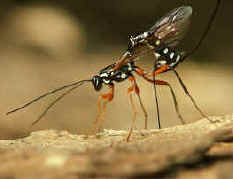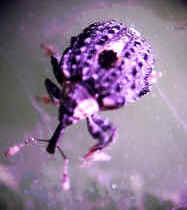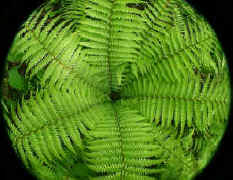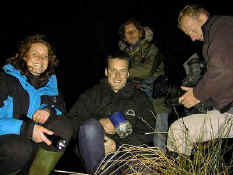Discover The
Countryside !
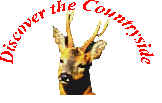
The Fascinating World Around Us -
An Introduction to British Wildlife and Habitats, for
Adults
COURSE ACTIVITY LIST
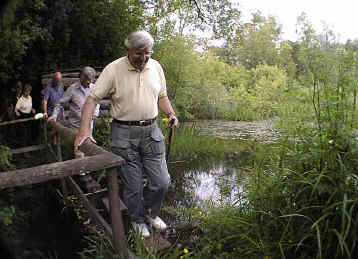
Activity |
Outline |
||
|
This
activity will involve looking at the amazing array of organisms all around us which
usually pass unnoticed. It will demonstrate how and where to look for wildlife when out in the countryside and will prove that weird and wonderful plants and creatures are not just something that we see on television documentaries made in far away places. They are just outside the back door.
Microscopes are available to allow an entirely different view of a usually unseen world. Seen under a microscope, many small organisms are revealed to be extraordinarily beautiful and or, as strange as an alien from outer space. |
||
|
This
course does not focus on identifying individual species. In many cases, it is a lifetime's
work to be able to identify individual species in one particular group of organisms.
However, it is helpful to know a little bit about classifying organisms so that we can
identify them at least to a particular level, if we wish and therefore access relevant
information. The activity will provide all you need to know about classification and identifying species. This will be illustrated using a wide variety of fascinating real life examples to show why and how we differentiate between different kinds of organisms. What makes a fungus, a fungus? How can yeast cells and mushrooms belong to the same group? How do you differentiate between leaf hoppers and shield bugs? How is a slow-worm different to a snake? Topics covered will include:
A variety of fascinating plants, animals and fungi will be collected to practice basic classifying skills on. The use of different types of keys for identifying species will be explained. |
||
|
This activity will look at vastly different plants,
from microcopic algae, to towering trees. Look in depth at surprisingly varied mosses,
extraordinary lichens, robust ferns and a variety of flowering plants. What are the odd
flower-like structures on that moss? Why does pond weed collapse when you take it out of
water? Why can ferns colonize drier areas than mosses and liverworts? How are flowering
plants able to grow in deserts? Why are plants so important to life on earth? What is that flowering plant? How do you identify plants found on countryside walks or activities? |
||
|
Learn to be a Sherlock Holmes of countryside clues. |
||
|
See
the countryside from an altogether altered perspective. Everything looks totally different
at night as the animals that hide away in daylight hours take over the dark. Try your hand at moth trapping and bat detecting. Toad watch in March, or Badger watch in the summer. |
| This course comprises 10 full day activities based on
the environment and wildlife of Devon, Southwest England. It is intended for people with a
general interest in nature and wildlife who would like to know more about their
surroundings. No prior knowledge is necessary and the course is not intended for experts
in the field. The activities will take place in and around the Woodland Education Centre, near Honiton. Courses are run by arrangement and according to demand. A minimum of five people is needed for a course to be run. If you are interested in attending as an individual, a starting course date can be provisionally organised and advertised on the website to make up numbers. The activities are very flexible and can be tailored to the interests and needs of particular groups. The cost is £10 per person per day. Contact the Offwell Woodland & Wildlife Trust for more details and bookings. |
